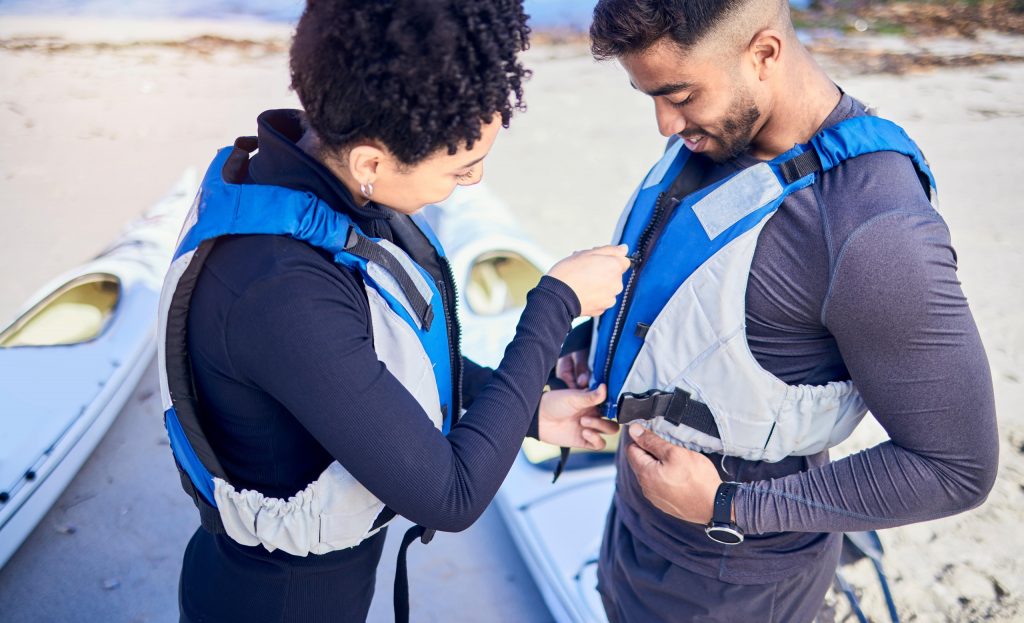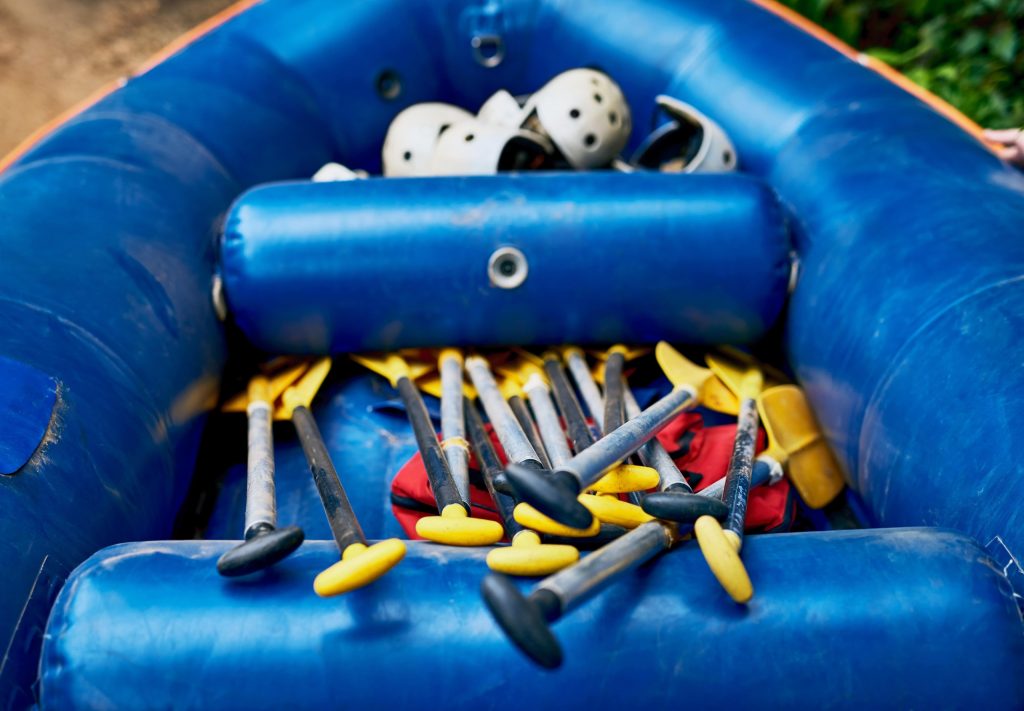Though it contains inherent dangers, boating provides an adventure, independence, and connection with nature. Safety is therefore a non-negotiable feature of any boating trip. Not only does proper safety gear help one comply with marine regulations, but it also protects life and property. Every boat owner should realize that being ready goes beyond just having a great day on the lake; it may make all the difference between a nice trip and a serious disaster.
By arming your ship with basic safety instruments, you will be prepared to manage unanticipated events ranging from capsizing to abrupt weather changes. Apart from giving one piece of mind, the correct equipment may save lives at pivotal times. This page will include absolutely necessary safety equipment any boat owner should have on board to guarantee both fun and safety on the waves. Spend some time properly preparing; you are not only protecting your path but also making investments in the welfare of every passenger.
Life Jackets and Personal Flotation Devices (PFDs)
Safety depends on everyone on the water sporting a U.S. Coast Guard-approved life jacket (PFD). These coats are not only a great concept but also a necessary as they are especially made to provide buoyancy and keep you safe in case of crises. Although it’s the law for children twelve years of age and younger to have them wear a life jacket on a moving vessel, this is a smart habit for everyone. Before you start sail, make sure every passenger has a correctly fitted PFD to assist keep everyone safe and provide piece of mind.
Choosing life jackets mostly depends on comfort and fit. Not wearing a life jacket is as good as none at all. Whether it’s children or adults, take the time to choose the appropriate size for each person as a close fit guarantees it will remain on in the water. If you like certain sports like kayaking or wakeboarding, search for coats made for those disciplines; they usually provide more mobility. Think of self-inflating types that provide comfort and protection for offshore excursions. Remember to verify that any inflatable jacket is U.S. Coast Guard authorized and has a full CO2 canister. It may make all the difference in an emergency if you merely kept a whistle fastened to your life jacket to call for assistance.

Communication and Navigation Tools
Whether your boat is small or large, maintaining connection and navigating properly is very vital while out on the sea. Every boater depends on marine radios and GPS equipment. Apart from enabling you to interact with other boats and emergency services, a VHF radio is essential for obtaining navigation warnings and weather updates. GPS devices, meanwhile, keep you on track—especially in foreign seas or in difficult weather. Combining these instruments provides comfort as it lets you know you can find your way and call for assistance when need.
Remember also Emergency Position Indicating Radio Beacons (EPIRRs!). These little instruments might actually save lives in an emergency. Especially important if you find yourself in a challenging situation, they immediately switch on upon collision with the water and transmit your location to rescue efforts. Whether you’re sailing near the shore or going further out, having a trustworthy EPIRB on board may significantly affect receiving rescue speed. So make sure you have these fundamental navigation and communication tools ready before you start sail!
Emergency Equipment
Being ready for unanticipated events is very vital when you’re on the water. Your yacht should give first aid kits, flares, and fire extinguishers high attention among essential equipment. In event of a fire, particularly aboard smaller boats, a correctly rated fire extinguisher may literally save lives. Make sure it is easily available and periodically checked to ensure it is suitable for use when required. Crucially also are flare-ups and other pain signals. In an emergency, they might attract the attention of other vessels and help to lead rescuers to your location.
Remember also your first aid package. Having a fully equipped kit on board can help you to handle minor mishaps or medical emergencies. Add bandages, antiseptic towels, and scissors. Another practical instrument for consideration is a bilge pump. It will enable you to handle undesired water in your boat, particularly in choppy waves or should you come across a leak. Maintaining these safety items in check and available for use will help you to enjoy your time on the lake free from worry!
Tools for Maintenance and Repairs
Having a simple toolset may literally save your life while you’re out on the ocean. See it as your boating best buddy! A basic collection of tools will enable you to address minor problems as mending a little leak or tightening loose screws. Along with your toolbox, don’t forget to carry some duct tape—the best fast remedy for almost everything! Duct tape has your back whether you have to fix a rip or fasten anything that’s come free. Additionally, having some extra parts—such as engine belts or fuses—may help you avoid a bad day on the lake.
Recall that frequent inspections of your tools and safety gear are really vital. Check your equipment to make sure everything is in excellent operating order before every journey. This not only helps you to be ready for any surprises but also provides piece of mind while you are out having your boating trip. These easy actions will help you to retain your attention on having fun and equip you to manage little problems.

Conclusion
It only makes sense for boat owners to buy the safety gear they need. It’s also a pledge to their own health and the enjoyment of every trip on the water. Life jackets, a well-stocked first aid kit, and reliable contact tools are all important safety gear that you should have on hand at all times. Making these plans ahead of time makes sure that everyone is safe and gives you the peace of mind to fully enjoy the beauty and excitement of your fishing trips with family and friends.
